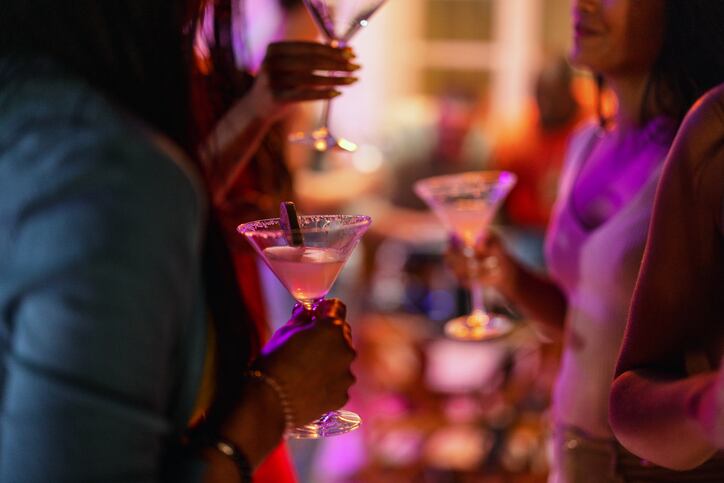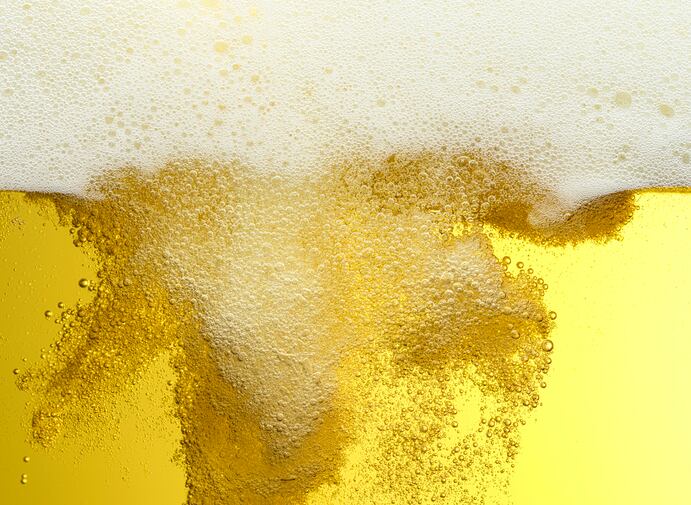These functional ingredients allow beverage innovators to conjure up an exciting new world of beverages that are ready to make the most of the alcohol-free potential.
The alcohol-free category is booming. It’s experiencing a ‘transformative period of growth’, according to IWSR, with growth rates far above that of alcohol.
Globally, the low and no alcohol category is expected to expand by +4% volume CAGR through 2028: that compares very favorably to the subdued growth in alcohol (where volumes can be expected to struggle up 1% CAGR 2023-2028).
But it’s easy to get carried away with the growth rates and moderation momentum and forget why consumers drink alcohol in the first place. They’re looking for alcohol’s ‘functionality’: whether that be to relax after a long day at work, or to get a buzz to party or as a social lubricant at gatherings.
For the alcohol-free category, then, the name of the game is how functional ingredients can replicate, mimic or reference that buzz.
“Functionality is the new frontier of non-alc,” said Susie Goldspink, head of low and no alcohol at IWSR.
“Functional products have been around for a while, but they tend to be kind of stand-alone functional products, whereas now we’re seeing a lot more blurring.
“So beers with functionality, cocktails with functionality, wine with functionality, etc. It’s the next stage of innovation that we are seeing a lot of action around.”
For many consumers, alcohol no longer fits the bill. They’re increasingly concerned about the health implications of drinking. They still want the social or relaxation buzz of alcohol - but without the hangover the next day.
So what are the ingredients that can create that buzz?
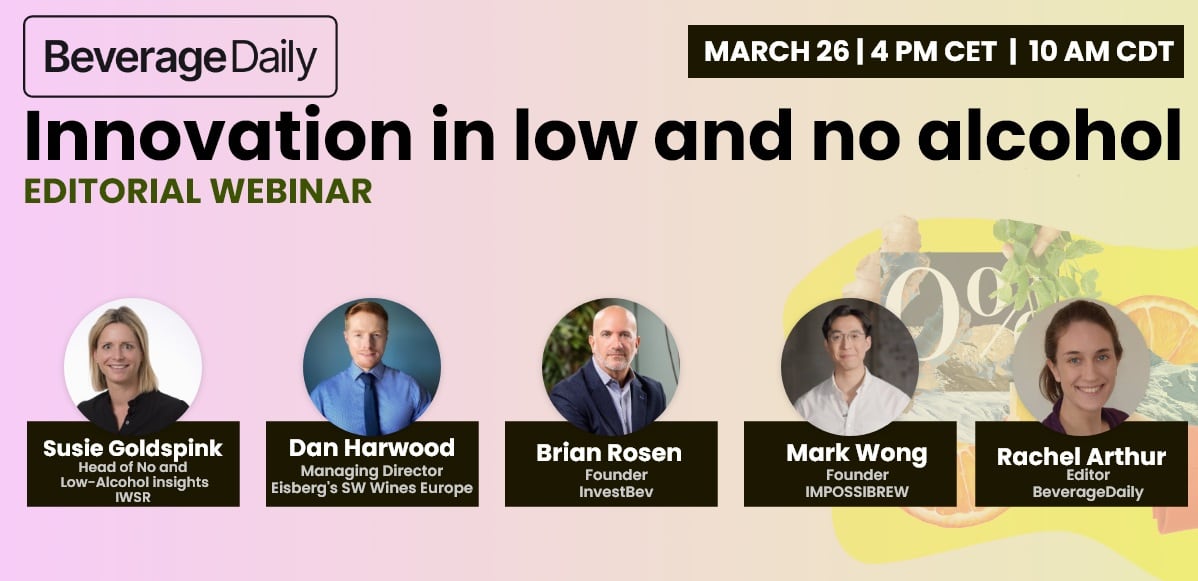
Pushing boundaries in ingredients: Kin Euphorics
Launched in 2018 by Jen Batchelor and supermodel Bella Hadid, Kin Euphorics uses nootropics, adaptogens and functional mushrooms to create an elevated state of mood.
Batchelor was inspired to create her brand from her training in integrated medicine and Eastern traditions, specifically Ayurvedic and traditional Chinese medicine and herbal medicine – as well as the pushing into the exciting space of psychotropics and nootropics.
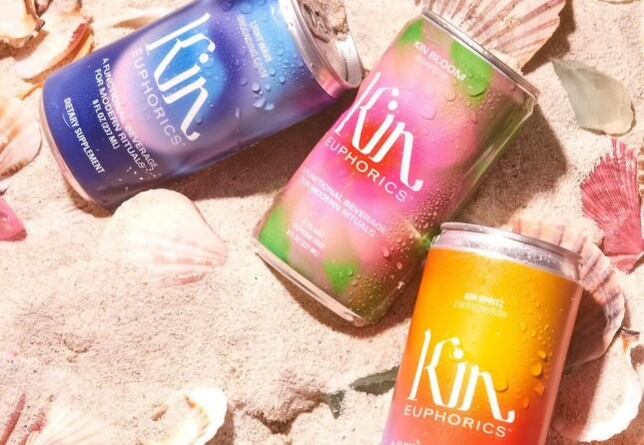
And the brand is pushing the boundaries of its ingredients by thinking about the very effect consumers want.
“How we land on what ingredients to use is based strictly on what feeling we are trying to elicit and what mechanisms (mental, hormonal, digestive) are at play when working with the system to support a specific mood,” explained Batchelor.
First up, adaptogens.
“We use adaptogens like ashwagandha, reishi, saffron, Schisandra, and Rhodiola rosea,” said Batchelor.
“Adaptogens are nature’s antidote to stress and each of them plays a unique role whether it’s helping combat oxidative stress, environmental, or emotional, they are miracle workers. They help your body keep its cool and find balance, especially when life gets a little wild.”
But the brand is looking beyond the common adaptogens.
“Nootropics like GABA and 5-HTP are the secret sauce for clarity and mood elevation - they are like a little pep talk for your brain,” said Batchelor.
“And then there are the botanicals - flavors like hibiscus and Schisandra berry - which not only bring that vibrant pop of flavor but awaken the senses and promote overall wellness.”
Getting drunk is no longer cool
Functional alcohol-free beverages might be out to mimic the warming sensation of alcohol, the buzz of a party, or the relaxation occasion in the evening.
But a key element they’re not trying to replicate is the feeling of getting ‘drunk’.
“We really wanted a better, smarter buzz, something that could give us a perceptible elevation in mood but didn’t rob us of our agency,” said Batchelor.
“That truly is the common denominator for all Kin drinks: to help us feel relaxed, present, grounded, and optimistic.
“Unlike alcohol, which can largely be numbing and depress the system, even Kin’s most calming of tonics are not working to sedate or intoxicate you in any way.”
Functional alcohol-free brands
Katy Perry’s De Soi: Reishi mushroom, lion’s mane, L-theanine
Katy Perry's De Soi also turns to adaptogens to echo the experience of drinking wine.
“Our proprietary blend of three adaptogens—reishi mushroom, lion’s mane, and L-theanine—was carefully chosen to mimic the unwind effect your evening glass of wine has at the end of the day,” said CEO Scout Brisson.
“While I wouldn’t say De Soi replicates alcohol, it does help promote a sense of calmness and ease, making it a perfect way to relax and feel good without the booze.”
Smiling Wolf: nootropics
UK-based Smiling Wolf , meanwhile, was set up by three former Diageo execs: and contains a blend of nootropics and active ingredients.
The brand has set out to ‘create drinks that could enhance moods, by creating contentment and uplift, just like the good effects of alcohol’.
To do that, the functional ingredients found in Smiling Wolf include Beta Alanine, Arganine, Glyceine, L-theanine, Caffeine, B3, B5, B6 - ingredients known to promote an increase in alpha brainwaves, serotonin, dopamine as well as regulate the mood and decrease anxiety.
Cannabis and CBD
Other intriguing ingredient in alcohol-free is cannabis.
On the one hand, brands using THC can provide the functional ‘buzz’, on the other, CBD gives consumers the option to relax and unwind.
Los Angeles’ Pamos Beverage Co., for example, offers a variety of THC and CBD dosages: ranging from a micro-dosed spirit (2mg) to 5mg and 10mg for consumers who are already used to THC.
“Pamos is formulated to mimic the experience of alcohol in many ways – from the flavor profiles and ingredients to the fast-acting THC infusion,“ explains David Mukpo, CEO and co-founder of Pamos.
“The buzz is akin to a glass of wine: light, bubbly, and social.”
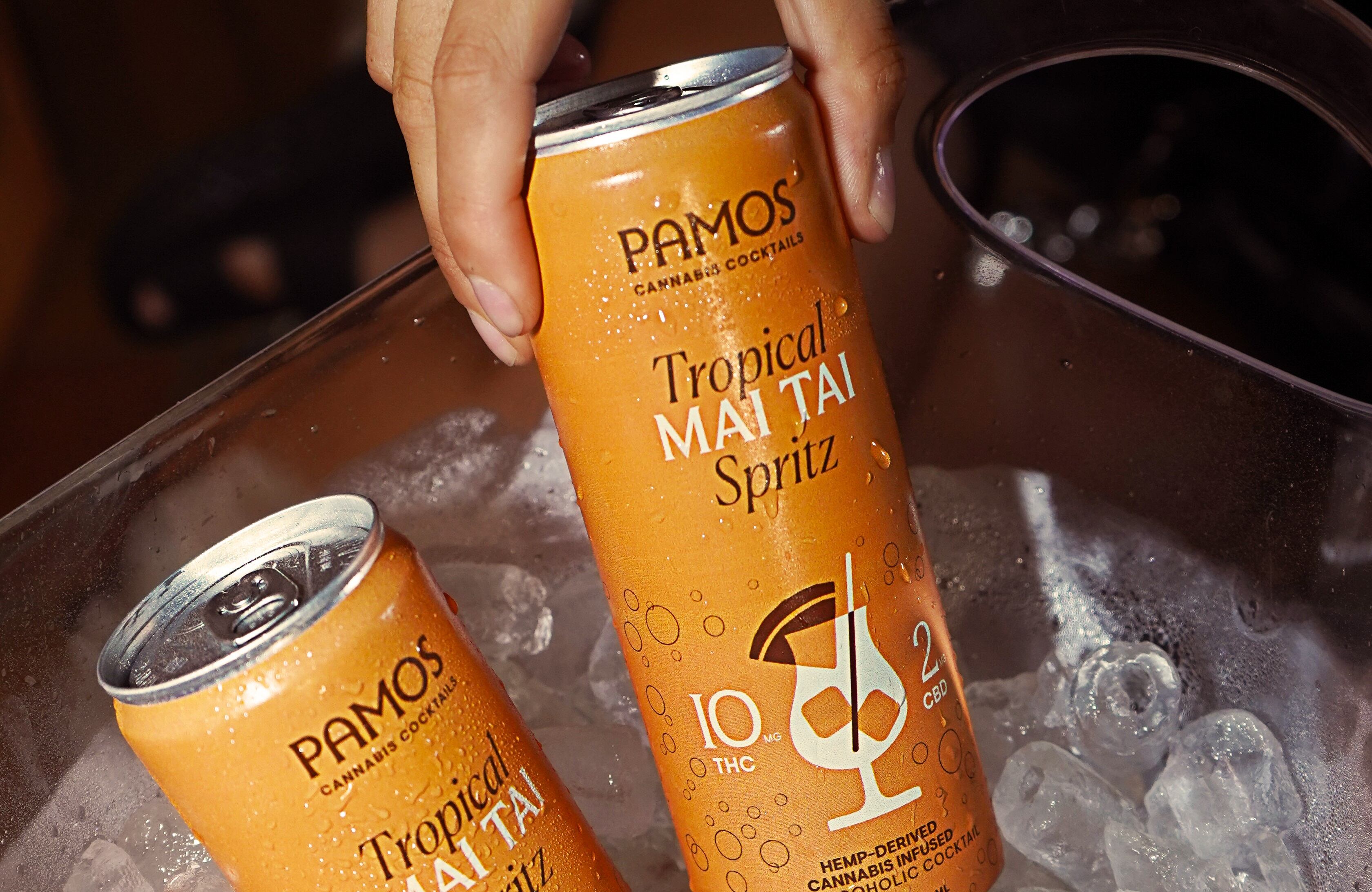
Cannabis consumer products company Curaleaf, meanwhile, is behind Zero Proof Hemp Seltzers, a line of hemp-derived THC products.
It has a 2.5mg THC seltzer as a drink designed as ‘the ideal alcohol alternative for adults at sporting events, concerts or social gatherings’, and a 5mg THC can.
Like Pamos' drinks, the seltzers are targeted at giving consumers a ‘bubbly wave of social euphoria’ at events such as sports, concerts, social gatherings and more.
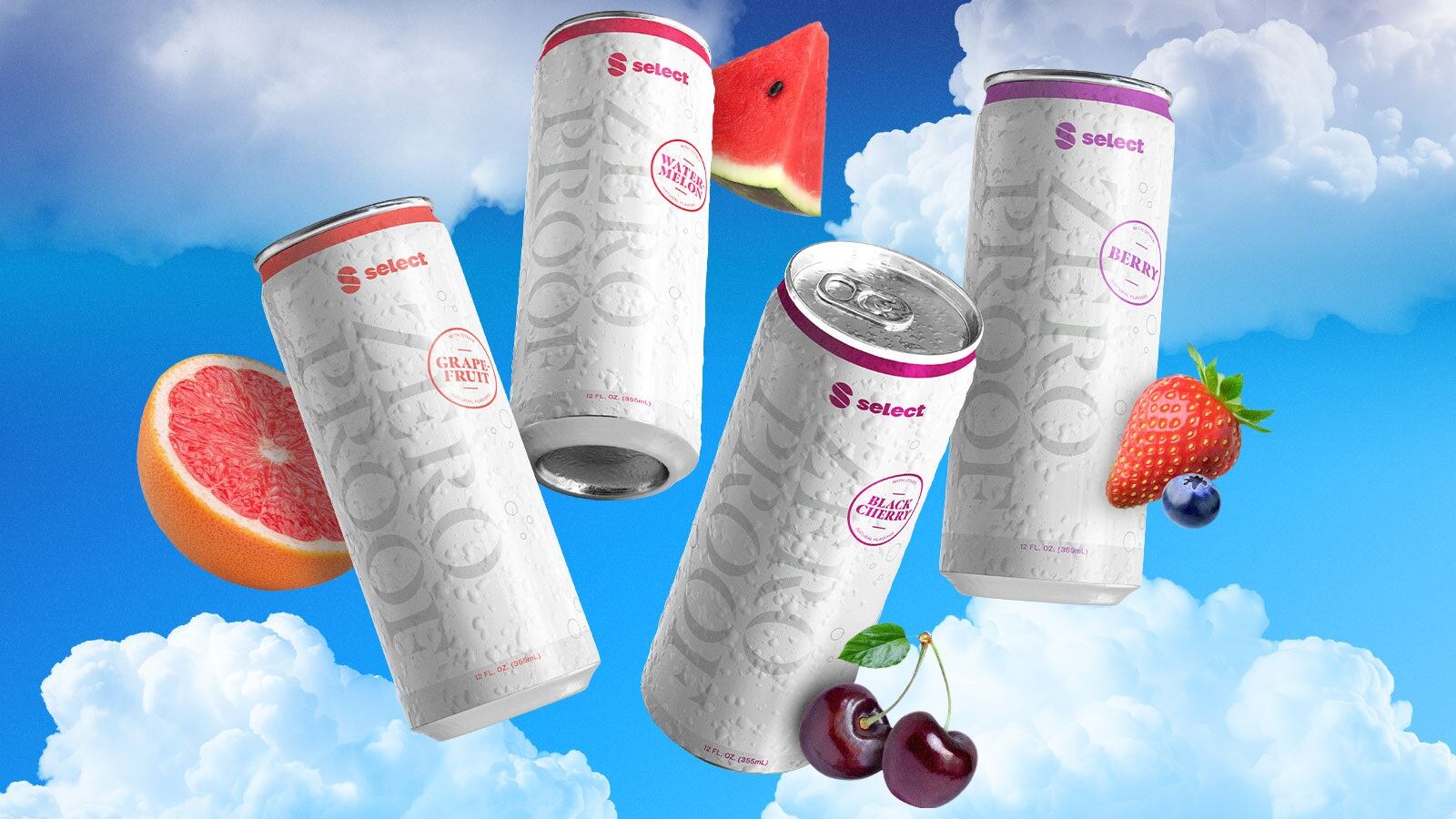
Over in CBD, however, the focus is on relaxing after a long day.
“CBD can help to regulate stress and anxiety and so the most common experience is one of calm, clarity and relaxation,” explained Victoria Kudawoo, Retail and Data Management lead of UK brand Goodrays.
The brand chose a dose of 30mg CBD ‘to help you unwind with none of the negative effects associated with alcohol and all of the enjoyment of a great tasting, adult drink’.
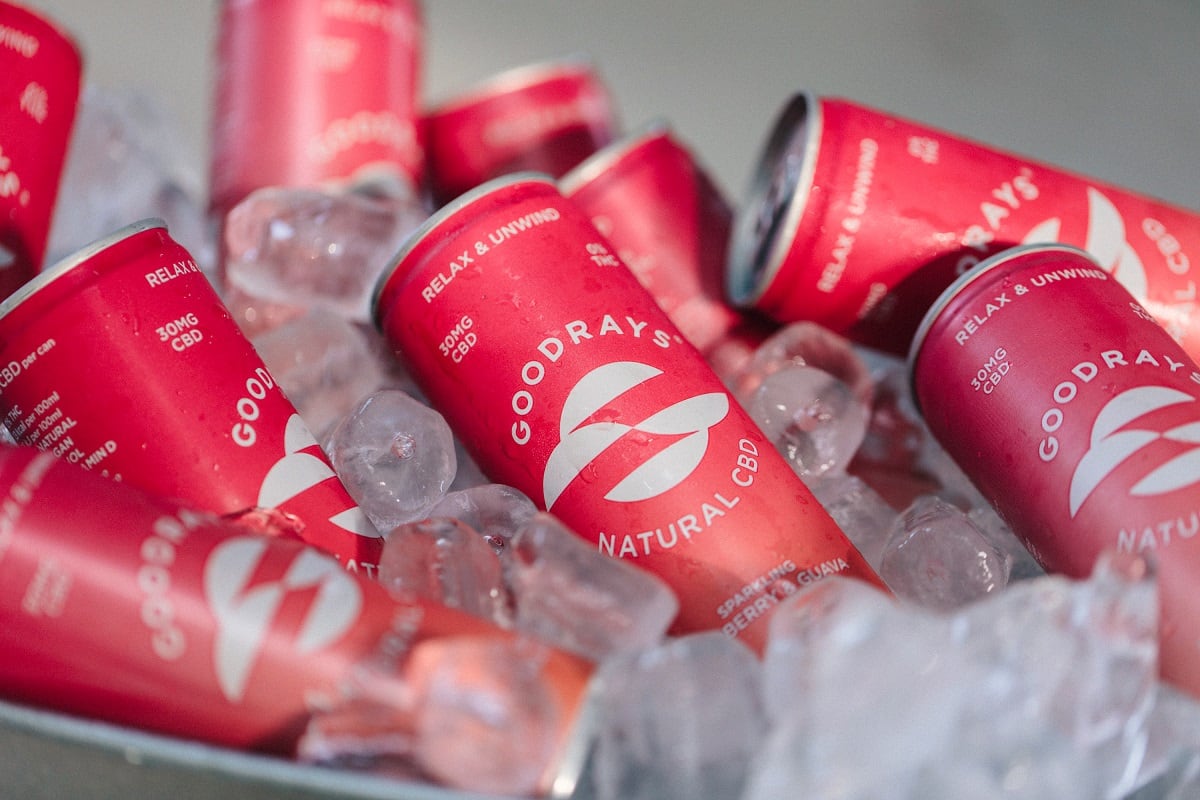
Too much, too soon?
It’s a whole new world. Alcohol is, at the end of the day, something consumers have known, loved and drunk for centuries.
Faced with a whole new list of complex names and the idea of an effect from a plant, isn’t there a danger consumers get intimidated and scared away from the category?
“Sometimes yes; but I think even the mass consumer is becoming super versed in the types of ingredients we use, especially after COVID,” countered Batchelor of Kin Euphorics.
That’s particularly true given the rise in functional beverages across the soft drink industry over the last few years.
The answer, says Batchelor, is to create engaging communication about products and showcase their tangible benefits.
The brand has set up collaborations with experts such as Dr. Andrew Weil, an American celebrity doctor.
“Collaborations help build credibility and bridge the gap between curiosity and confidence,” said Batchelor. “By making the complex approachable, we empower consumers to discover a new way to celebrate and connect.”
Join us for our FREE webinar on low and no alcohol!
Register now for FREE for 'Innovation in low and no alcohol', where four industry experts will give us their insights and expertise into the low and no alcohol category.
We'll be discussing:
• The potential of CBD or THC drinks
• Opportunities for RTD in low and no
• How Gen Z drinking habits compare to prior generations
• How brands can replicate the flavor experience of alcohol
• The biggest opportunities over the next 10 years
And much more...

